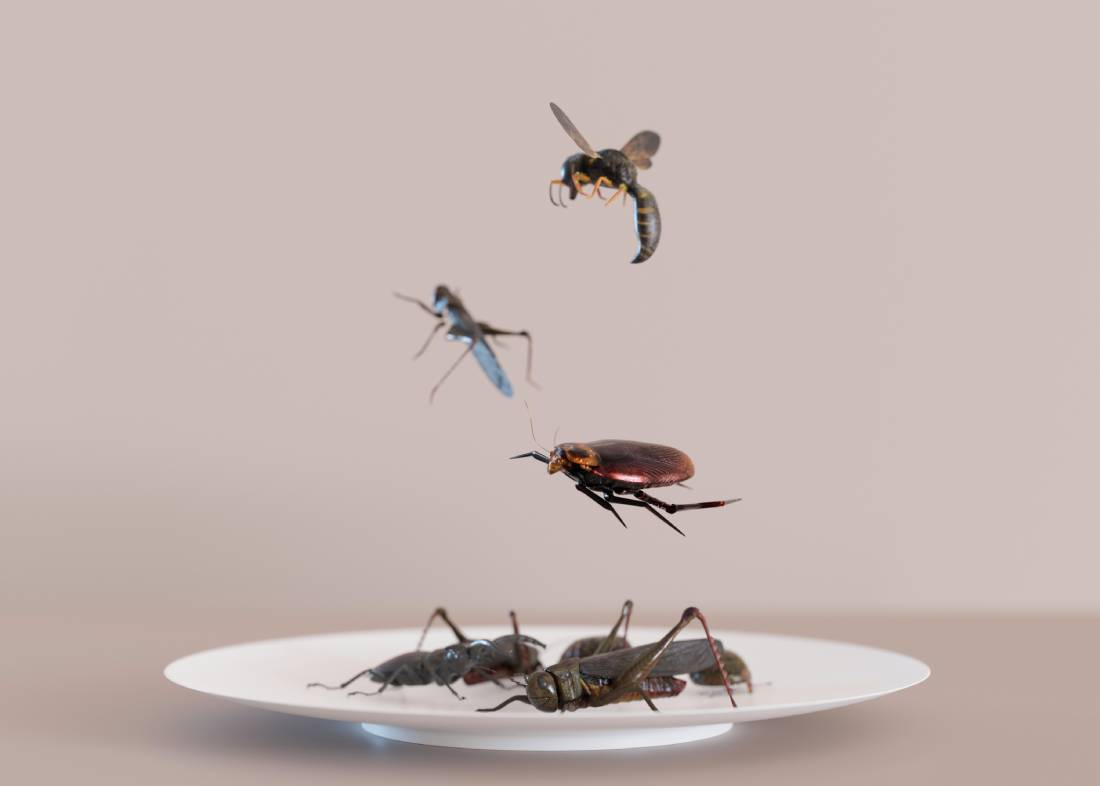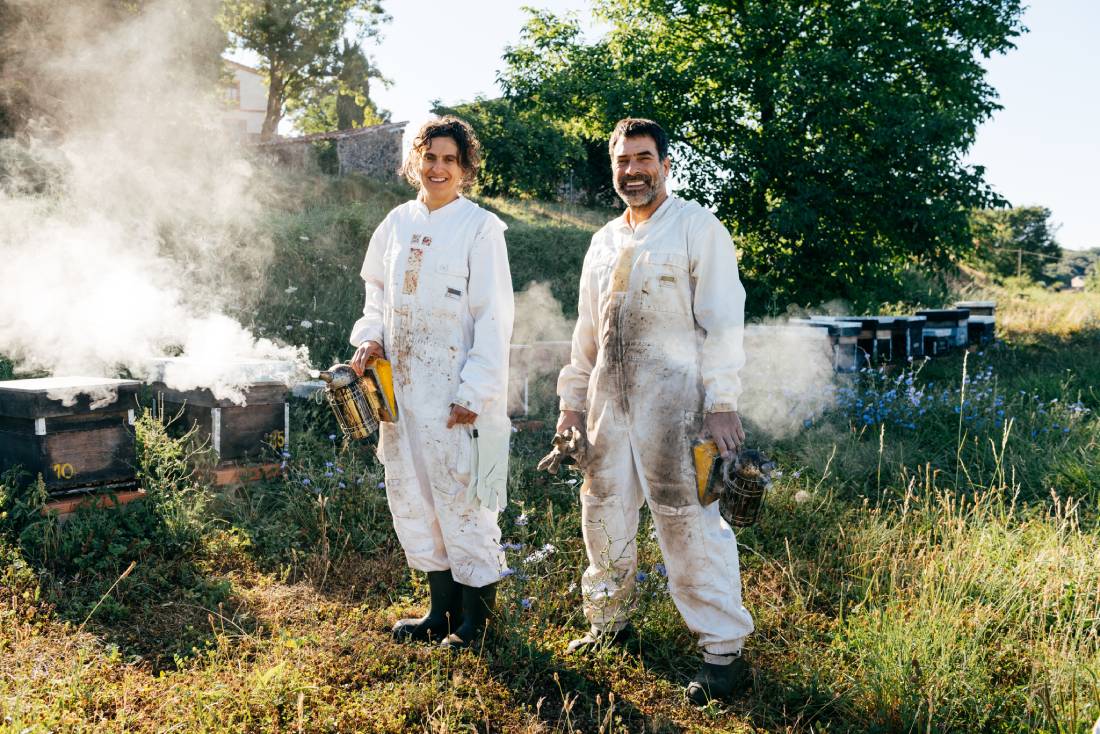Termites are known as “silent destroyers”—and for good reason. These pests can quietly eat away at the structure of your home for months or even years before the damage becomes obvious. By the time most homeowners discover a termite infestation, repairs can be costly:
1. Hollow-Sounding or Damaged Wood
One of the most common signs of termite damage is hollow or brittle wood. Termites eat wood from the inside out, leaving behind a thin shell or surface.
How to Check:
-
Tap on wooden walls, floors, or furniture
-
If it sounds hollow or breaks easily, termites may be the cause
Look Out For:
-
Blistering or peeling paint (which mimics water damage)
-
Buckling wood or sagging floors
2. Mud Tubes on Walls or Foundations
Subterranean termites build mud tubes as protective tunnels between their colony in the soil and the wood they feed on in your home. These tubes protect them from light and help retain moisture.
Where You’ll Find Them:
-
Along foundation walls
-
Inside crawl spaces
-
Under floorboards
-
On exterior walls or brickwork
If you break one open and see active termites, you’ve got a current infestation.
3. Discarded Wings
Flying termites—also known as swarmers or alates—come out to mate and start new colonies. After they find a place to nest, they shed their wings, often near windowsills or entryways.
Signs to Watch For:
-
Small piles of wings near doors or windows
-
Swarmers flying indoors (especially in spring or after rain)
-
Dead termites near light sources
Fun Fact:
Termite wings are all the same size, unlike ant wings, which vary.
4. Frass (Termite Droppings)
Drywood termites leave behind frass, which looks like small piles of sawdust or coffee grounds. These droppings are usually found near the entry holes of infested wood.
What to Look For:
-
Tiny dark brown or tan pellets
-
Piles on windowsills, floors, or near baseboards
-
Exit holes in wooden furniture or walls
Seeing frass means termites are actively feeding inside your home.
5. Doors and Windows That Stick
As termites eat away at wood, it can warp and swell—causing doors and windows to become tight or difficult to open.
Check For:
-
Sticky windows
-
Doors that don’t close properly
-
Unexplained cracking in walls or ceilings
While this could also be due to humidity or settling, it’s worth investigating if combined with other termite signs.





